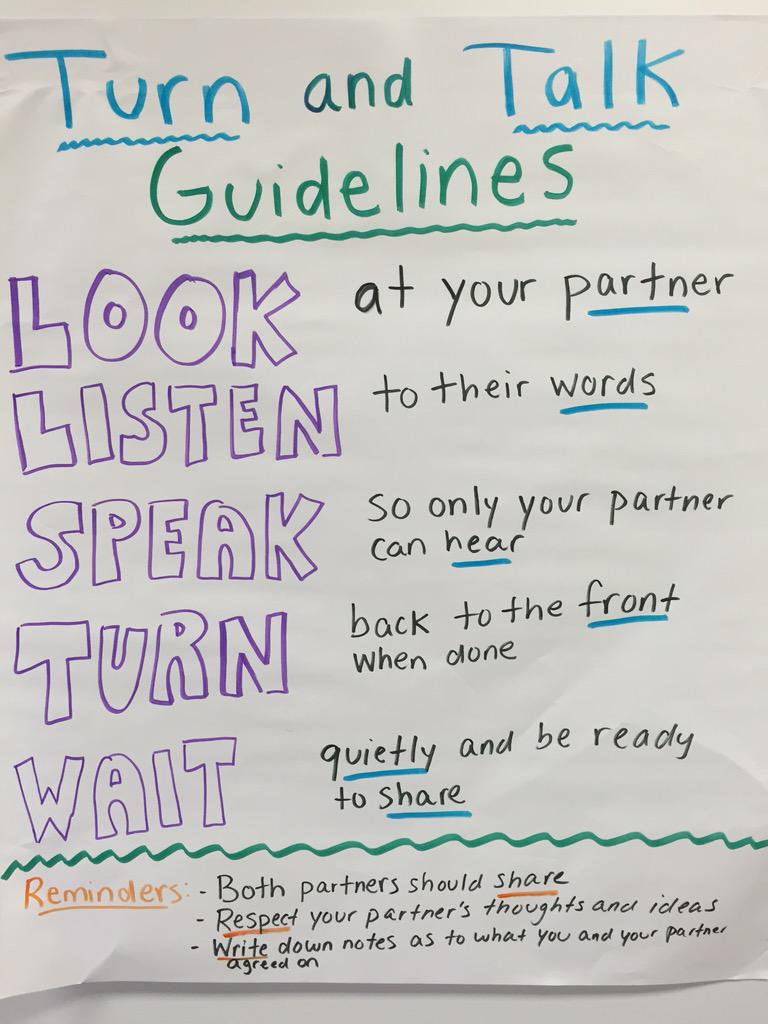This was an original Q&A interview from an undergratuate course on Middle Grades writing. Amanda Orr answers the interview questions.
Publishing
Q: What is publishing?
A: Publishing is when students put their pieces into its final form. Students share or present their final copy of their writing piece. Publishing is a way to celebrate writing and the students’ writing accomplishments.
Q: How can teachers incorporate publishing into the classroom?
A: Publishing can be done in many forms. The class could have an author's chair, where the students read their final piece aloud. Teachers may also put together a class booklet with pieces from each student. Students may also take part in a gallery walk, where students walk around the classroom and read their classmates' pieces. Students may even send their pieces to somebody special, or post them online.
Q: How is publishing recursive?
A: Publishing can be recursive since writing is not necessarily final. We can always go back to our pieces and improve them, or publish them in a different way.
Q: How does publishing relate to community in the classroom?
A: Students need to feel comfortable to share. In a safe environment, students will be open and more eager to share their writing. Knowing that a piece is being published motivates students to put in their best work and make it look presentable.
Assessment
Q: What is the difference between formative and summative assessment?
A: Formative assessment is feedback on teaching and learning without a grade. Examples include: observations, exit slips, journal entries, graphic organizers, and discussions. Even a writing conference is considered a form of formative assessment in teaching.
Summative Assessment is a form of assessment that is graded. “The goal of summative assessment is to evaluate student learning at the end of an instructional unit by comparing it against some standard or benchmark. Summative assessments are often high stakes, which means that they have a high point value” (Carnegie Mellon). Examples of summative assessment include: midterm or final examinations, final projects, and essays. Assignments graded under rubrics or the Pennsylvania Domain Scoring Guide fall under summative assessment.
Q: What is the purpose of formative assessment if it isn’t graded?
A: “The goal of formative assessment is to monitor student learning to provide ongoing feedback that can be used by instructors to improve their teaching and by students to improve their learning. Formative assessment involves helping students identify their strengths and weaknesses and target areas that need work. In addition, it helps teachers recognize where students are struggling so they can address problems immediately. Formative assessments are generally low stakes, meaning they have low or no point value.”
How much do teachers need to assess?
A: Not every piece of writing needs to be formally assessed with a grade. Too much assessment will take away the purpose of writing, as students need to realize that they should be writing for themselves, not for a grade.



